The history of guitar synths
Dive into the weird and wonderful world of guitar synths as we pick apart the effect's technological history and discuss some of today's best pedals
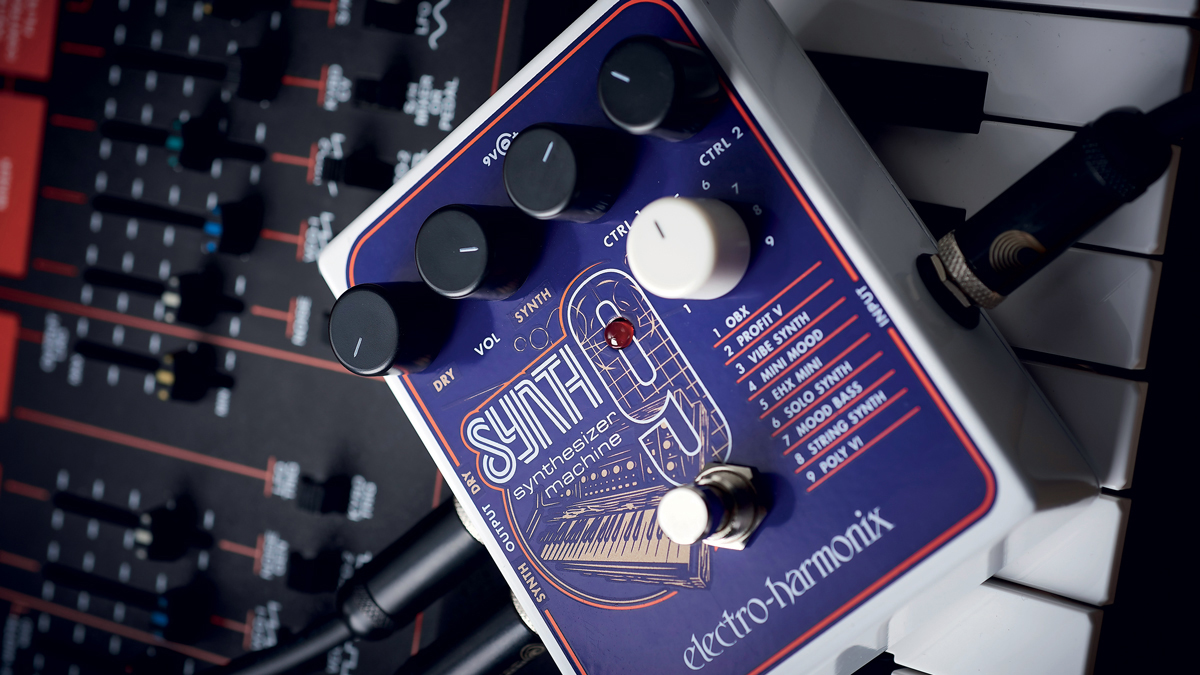
The history of guitar synths is a story that goes back decades. When manufacturers started integrating synthesizer concepts with the guitar, it vastly extended the capabilities of the instrument and opened up a new universe of sounds.
So, let’s dive right into what guitar synths are, how they work, and the history of their technological evolution.
What is a guitar synth?
A guitar synth is effectively a synthesizer module that receives input information from a guitar (or guitar-like controller) instead of a keyboard. There are a few ways this can be done. One is by having a dedicated guitar or guitar-like controller, or by using a hexaphonic (or divided) pickup.
Via this special pickup, the synth module receives a signal from each individual string. It also sends pitch and articulation information that helps keep the natural character of the guitar intact.
These primitive systems had so many electronics that they usually had to be placed into a specially designed guitar or controller, like the Roland GR-700, though there are now full-featured synthesizer circuits that have been squeezed into compact stompbox units. They are able to sit in line with your regular guitar signal chain with no instrument mods, special pickups, or MIDI integration required.
Types of guitar synths
In the early days, guitar synths came in three main variations: multi-effects, frequency-to-voltage conversion (the kind that required a hexaphonic pickup), and the very original Guitorgan – a guitar with on-board organ sounds. Curiously enough, the multi-effects variant evolved into what we now know as modelers.
But in the modern era, two types remain, the first being guitars outfitted with special sensors (like the Roland GK-series pickups) that trigger synth sounds from a floor or rack unit.
All the latest guitar news, interviews, lessons, reviews, deals and more, direct to your inbox!
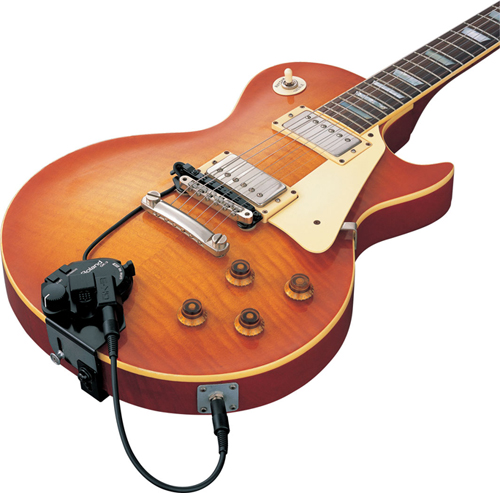
Then there are MIDI guitars, which forego the standard string design and replace it with an electrical switching system, similar to that of the familiar keyboard synthesizer. This helps to eliminate the tracking problems present in pitch-to-voltage conversion designs. Some of these include models from Casio and Yamaha, as well as the You Rock Guitar.
The SynthAxe was one of the popular early MIDI guitars, with a design that really stood out. Early models were usually cost-prohibitive, even for the most accomplished musicians. Luckily, the technology has come a long way since then and can now be easily accessed by professionals and hobbyists alike.
By the turn of the millennium, all synthesizers were offering MIDI compatibility, so any model that could receive MIDI input was fair game.
A timeline of guitar synths
In the 1960s, everyone was experimenting, and from this era came the origin of the guitar synth concept – the Guitorgan, which was an electric guitar with electronic organ components. Entirely revolutionary and unlike many of the models that would directly follow it, the organ section was polyphonic.
There were multiple models marketed as “guitar synthesizers” in the 1970s, but they were really just analog multi-effects. These include the Maestro USS-1, as well as designs from Ibanez, Yamaha, Ampeg, 360 Systems, and a host of other manufacturers.
Next came the EMS Synthi Hi-Fli. Released in 1971, it was more of a hyped-up effects unit than a traditional guitar synthesizer. It was bulky and cumbersome, but was used by many famous guitarists, such as David Gilmour of Pink Floyd. It was certainly a preview of things to come.
The first true, mass-produced guitar synth was the Avatar by ARP, used famously by Jimmy Page on the Led Zeppelin song Fool in the Rain. It had a polyphonic fuzz but was just capable of monophonic synth sounds. Legend has it that it was so costly to develop, and since the idea hadn’t caught on yet, the lackluster sales forced the company to go out of business.
The only polyphonic synth available at this point was a highly expensive model made by 360 Systems. An up-and-coming company called the Roland Corporation was about to change that.
Roland reigns
The innovation that Roland brought to the table changed the game forever. Pitch-to-voltage conversion technology was a monumental leap forward when it came out in 1977 with the iconic (and polyphonic) GR-500.
It was controlled by a dedicated controller that resembled a Gibson Les Paul, and connected to the sound module by a multi-core cable and hexaphonic pickup. These types of guitar synths were primitive and certainly had tracking issues.
Roland continued its innovation, and in 1979 released the GR-300 – the first floor unit of its type and the first to resemble guitar synths as we know them today. It still required a dedicated guitar, but it caught on with a lot of the top guitar players of the time, including Andy Summers of The Police. Perhaps the most famous example of this type of guitar synth can be heard on the David Bowie song, Ashes to Ashes.
It was also around this time that designs in a compact pedal format, like the Electro-Harmonix Micro Synth and Korg X911, began appearing on the market. 1985 saw the release of the GR-700. Similar in design to the 500 model, this one wasn’t limited to the Roland module, but could be used with any synth that had MIDI connectivity.
The breakthrough came in 1986 with the release of the GK-1, a hexaphonic pickup you could retrofit onto any guitar. It still required a multi-core cable but was backward compatible with all of the GR synth models. There were, of course, other companies jumping on the emergent MIDI craze, but none could match Roland’s level of innovation and resources.
With the invention of MIDI, things were blown wide open. It birthed all sorts of samplers, modules, and synths that, thanks to pickups like the GK-1, became readily accessible. Manufacturers kept investing larger amounts of money into research and development so they could create the latest and greatest guitar synth technology.
Modern guitar synths
With advancements in digital signal processing, modern guitar synths are now compact floor units that are usable right out of the box. Roland, Korg, Boss, and Electro-Harmonix are still leading the way, but a lot of boutique builders are also getting in on the action.
Guitar synth pedals have been around for a while, but it was only recently that they became able to effectively track a polyphonic signal. Chords would confuse earlier designs and create glitchy, unpleasant sounds.
Electro-Harmonix has always been at the forefront when it comes to guitar-to-synth technology. The 9 series hosts a variety of pedals that put the sounds of organs, synths, Mellotrons, keyboards, and bass guitars right on your pedalboard.
Models available today
Boss SY-300
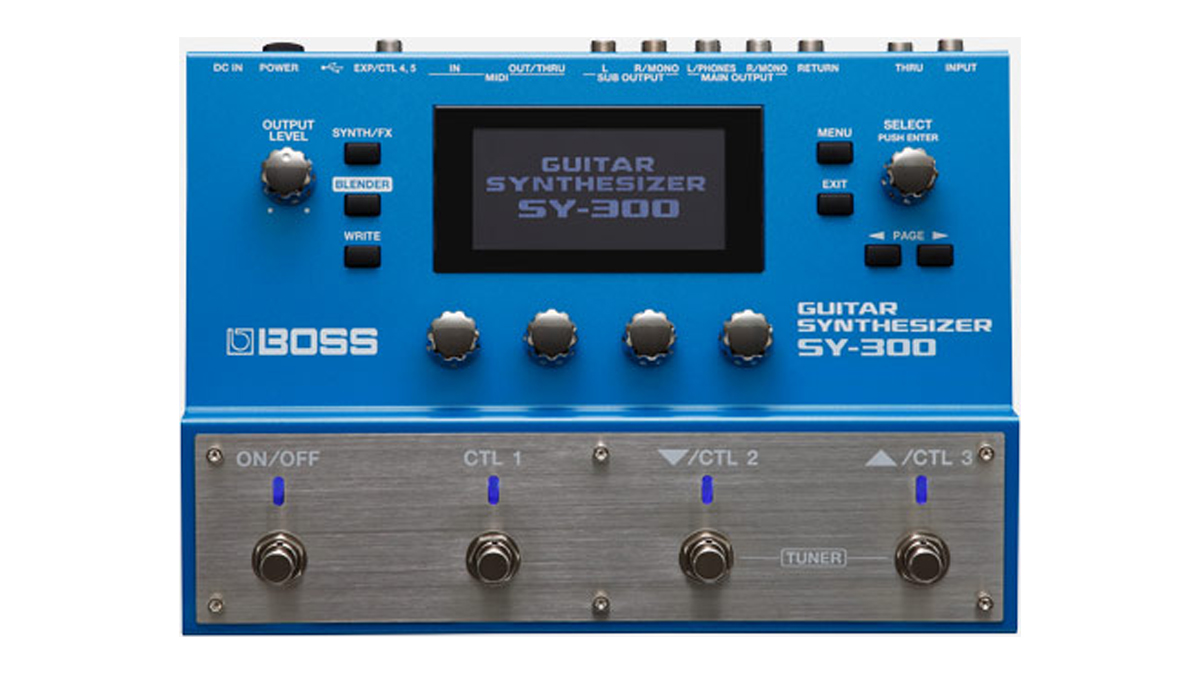
Boss is quickly becoming the gold standard of guitar synth pedal technology. This model is a floorboard that packs generations of synthesizers into Boss’s familiar interface.
The DSP engine is quite impressive, with 70 preset sounds available right out of the box. You also get the community of Boss Tone Central, where you can share and acquire user-created sounds.
Way Huge Electronics Atreides

Based on a popular mini-synthesizer from the 1980s, the Atreides features a novel control set of graphic sliders, which offer a range of control over parameters like sensitivity, sub-bass, and range.
It’s by balancing these that this “Analog Weirding Module” gets really weird. It has an impressive range of sounds and does all this in a pedal that doesn’t take up much space on your 'board.
Electro-Harmonix Synth9
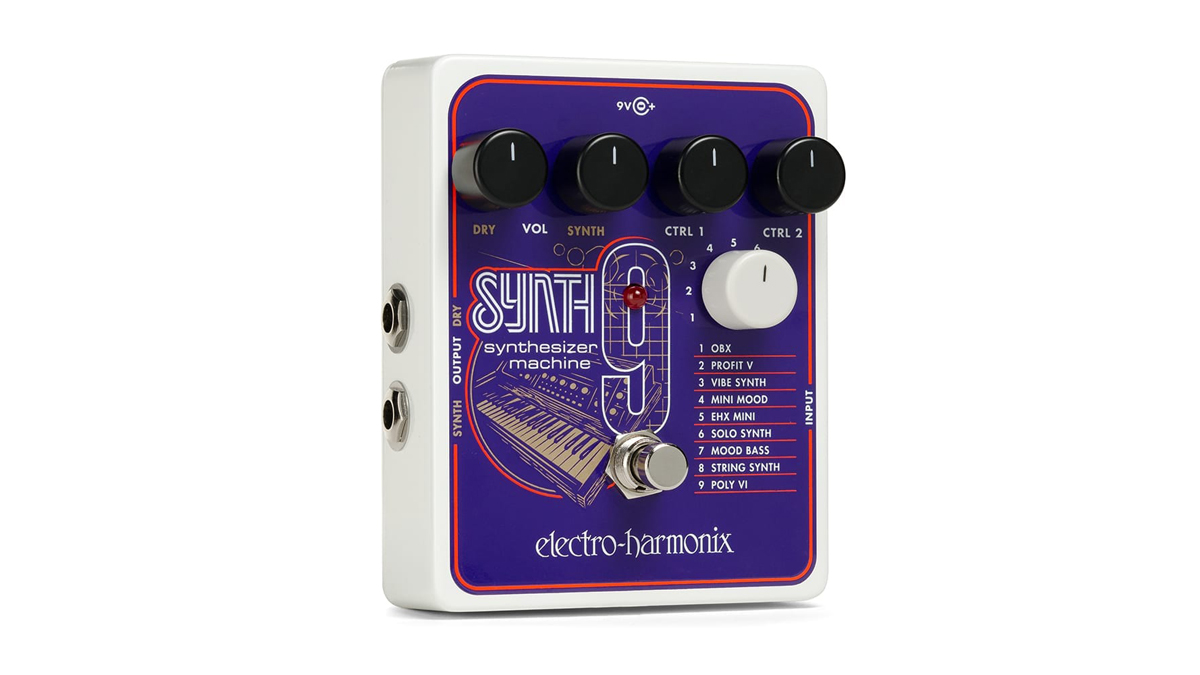
Turn your guitar or bass into nine of the most popular synthesizers with this pedal that spawned an entire product line. It has a wide, accurate tracking range and easy control over the parameters of each preset. Dry and effect outputs give you plenty of routing options so you can integrate the pedal in your setup at any point.
Meris Enzo

This multi-voice synthesizer delivers both mono and polyphonic synth textures, and even throws multi-note sequenced arpeggiation into the mix.
There's also a six-mode filter section, which boasts a built-in compressor, dual delay line, ring modulator and portamento options, plus multiple envelope types, MIDI capabilities and expression pedal input.
Boss SY-1 Synthesizer
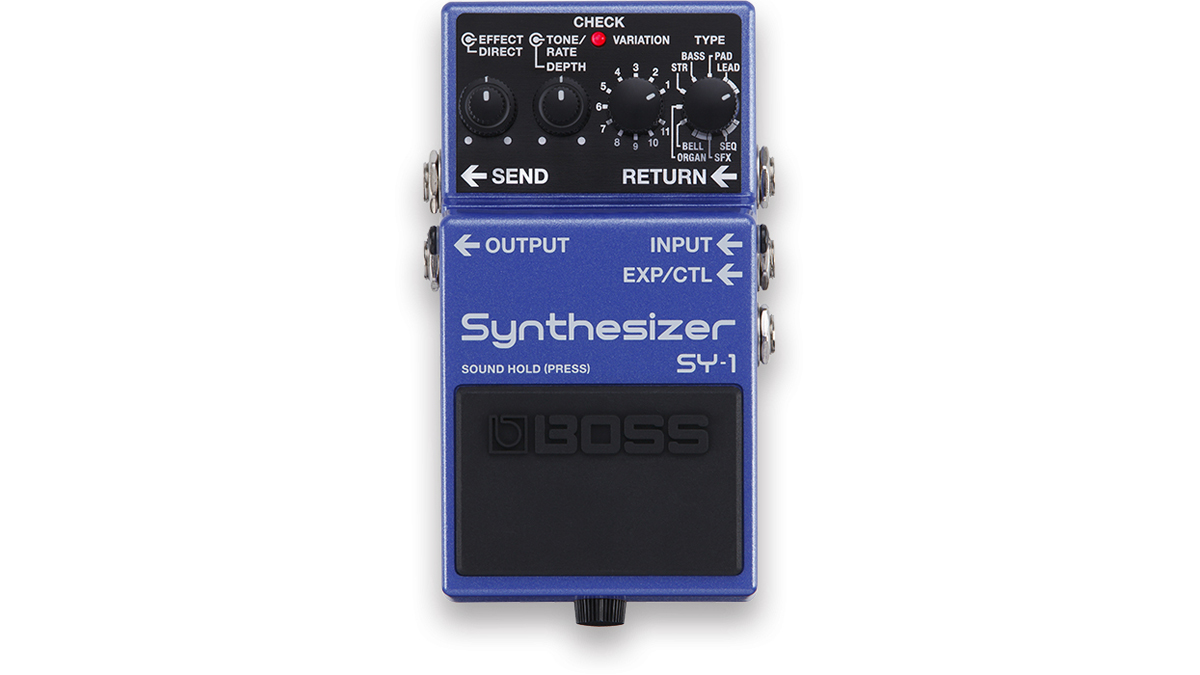
The SY-1 equips your pedalboard with an arsenal of synthesizers. Organs, pads, basses, and more are available, with the unit featuring over 121 sounds across 11 categories. Choose the type of synth sound with the rotary selector and select between 11 variations. Dual concentric controls set depth and tone/rate, as well as dry and wet signal levels.
It boasts a high-quality DSP that ensures the most realistic sounds, and provides a latency-free experience. It can create interesting routing scenarios, as it has an interior effects loop. The external control can be used with tap tempo or octave shifting, and an expression pedal can be used to provide continuous control over rate and depth.
Electro-Harmonix Mono Synth
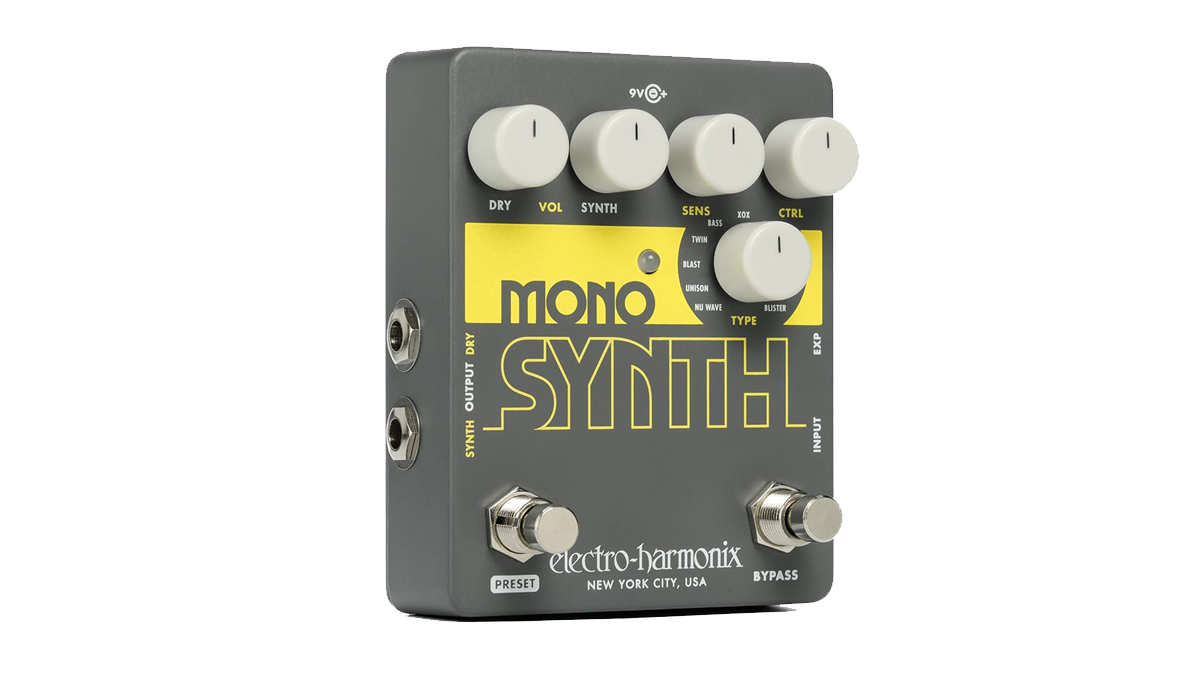
The Mono Synth packs 11 different types of synths straight out of the '70s and '80s into a compact floor unit. You can select between them with a rotary dial and use the four controls to tailor the sound.
You can also adjust the sensitivity of how the pedal responds, and there are independent controls over wet and dry signal levels. There are banks for 11 user presets – one for each setting – and also arrives in a dedicated bass iteration.
Source Audio C4
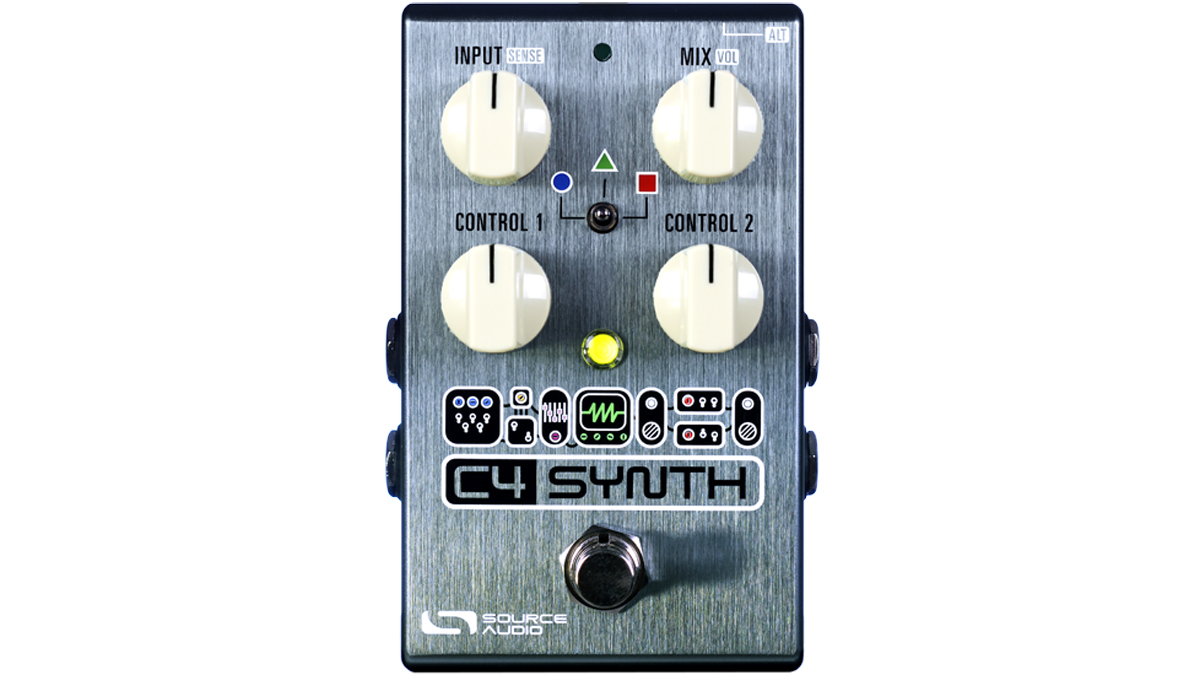
Inspired by the concept of modular synthesizers, the C4 aims to put limitless synth potential at your feet. The Neuro editing platform is critical in building sounds. With it, you can curate a number of combinations of synth engine voices, filtering, envelope followers, and oscillators.
You can cycle through your creations with the three-way toggle switch, with up to 128 patches available for MIDI control. Using the editor, you can also pan each voice to any location in the stereo field.
Keeley Synth-1
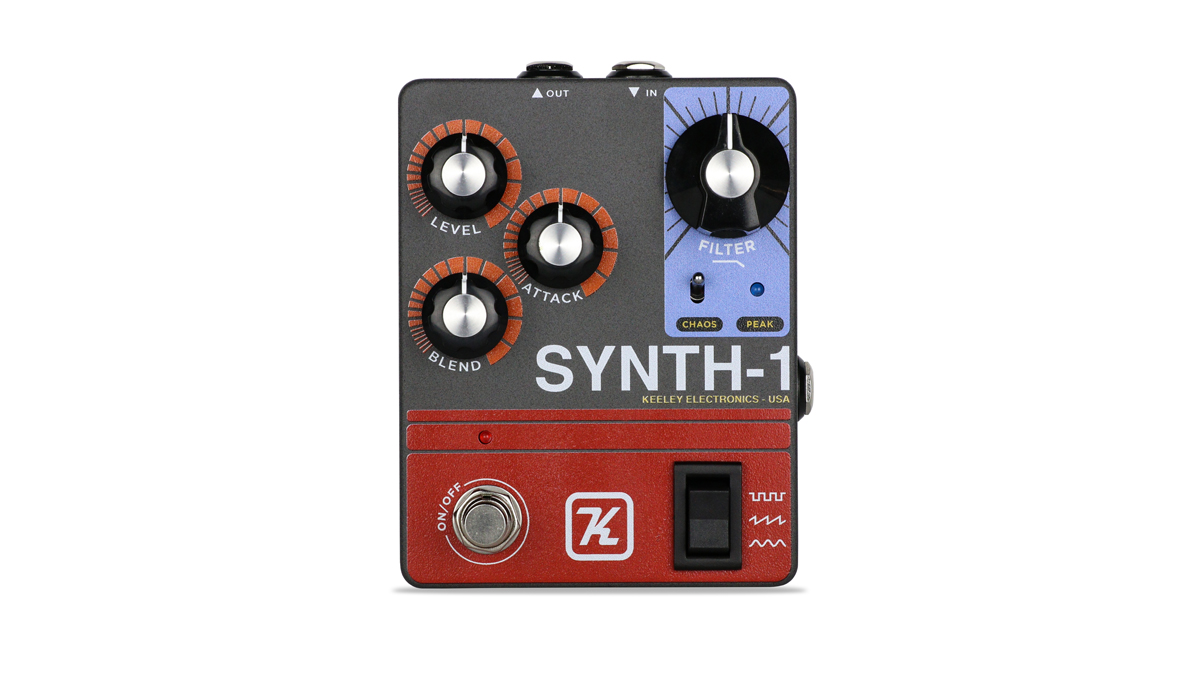
This one is more accurately a “synth wave generator”. A three-way switch selects between different wave shapes, of which you can adjust attack and filtering. You can access all types of synth-based sounds, such as sub and synth bass, fuzzy mayhem, and more, with an additional Chaos switch that throws glitchy fuzz sounds into the mix. It’s not for the faint of heart, but isn’t that the point?




